Key Takeaways
- The Early Leadership Of Luffy: Luffy’s recruitment of a diverse crew based on instinct, empathy, and shared dreams defines his initial leadership style.
- Luffy’s Leadership Evolution: From liberating Alabasta and Skypiea to inspiring unity in Wano, Luffy’s leadership matures by fighting oppression and empowering others.
- The New Era: Post-time skip, Luffy’s influence as an emperor of the sea inspires nations and creates alliances, symbolizing freedom and rebellion against oppressive systems.
In the One Piece series, the leadership evolution of Monkey D. Luffy is a compelling narrative that traces his journey from a carefree aspiring pirate in the East Blue to a seasoned captain on the Grand Line. Initially driven by a simple dream of becoming the Pirate King, Luffy’s early leadership style is marked by spontaneity and a charm that attracts a diverse crew. However, as he faces different challenges, such as the trials of Enies Lobby and the loss of his brother Portgas D. Ace during the Marineford War, Luffy’s understanding of leadership transforms in One Piece.
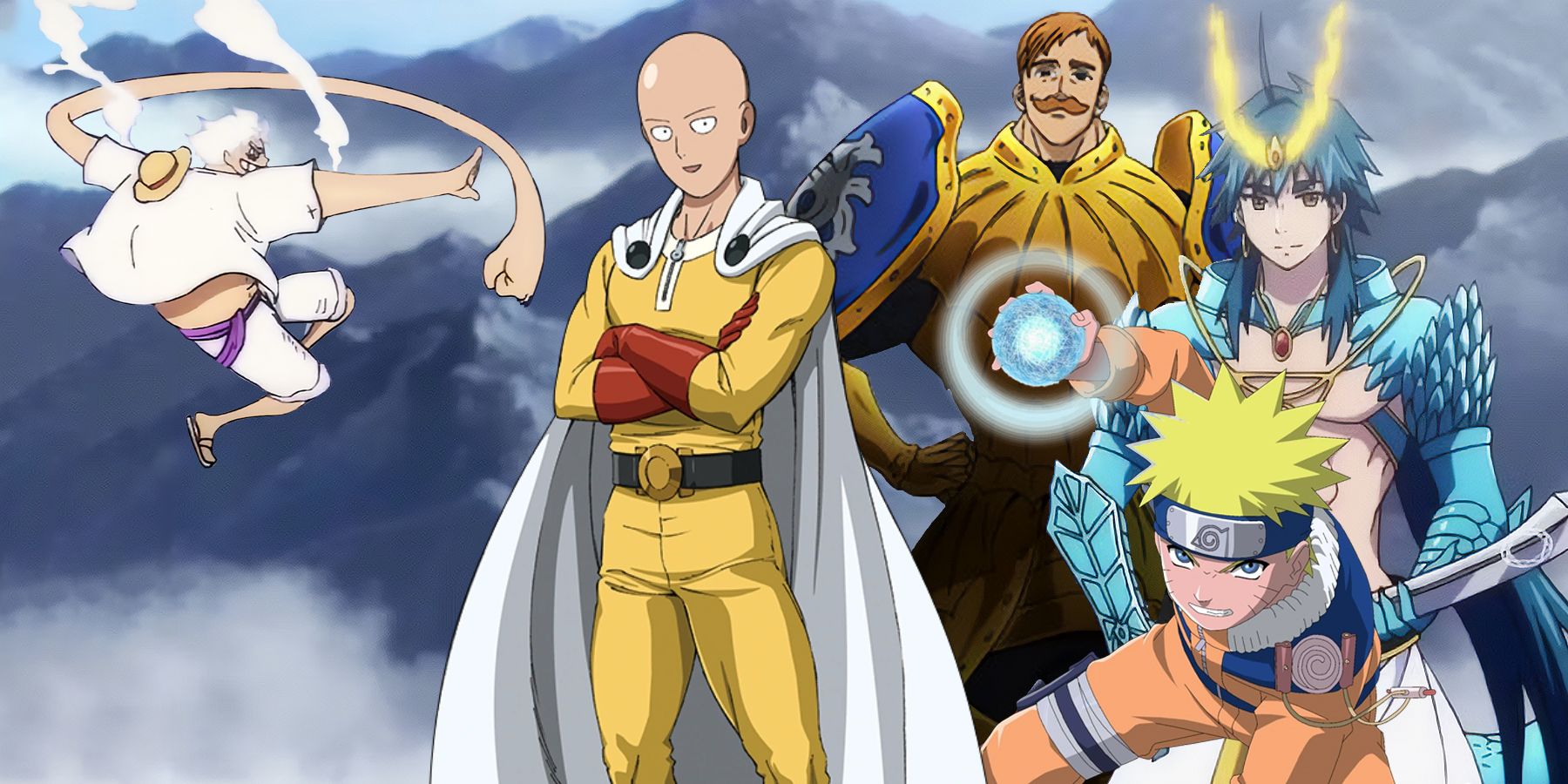
Related
One Piece: 19 Anime Characters That Can Defeat Gear 5th Luffy
These anime characters are powerful enough to defeat One Piece’s Gear 5th Luffy.
The Early Leadership Of Luffy
The Formation of the Straw Hats Crew
Luffy’s leadership journey begins in the East Blue, where he sets out to gather his crew and pursue his dream of becoming the Pirate King. Luffy’s leadership style is initially characterized by impulsiveness and a carefree attitude. He recruits his first crewmates—Zoro, Nami, Usopp, and Sanji—based on instinct rather than a strategic vision to conquer the sea. Luffy’s charm and determination attract these individuals to his dream and charisma.
Even though Luffy seems stupid, they respect him as their captain, and he treats his crew as friends rather than subordinates. Luffy recognizes each of his crew’s dreams and struggles, and as he ventures on his adventure to become pirate king, he hopes they realize their dreams, too. For example, Luffy’s fight against Arlong is not just about defeating a villain but about liberating Nami from years of oppression. His ability to empathize and take decisive action endears him to those around him. While his decisions may seem reckless, his determination and moral compass make him a natural leader, and his journey through some major islands on the Grand Line solidifies his leadership qualities.
Luffy’s Leadership Evolution In Alabasta And Skypiea Arc
The Liberator Of The Oppressed
Alabasta and Skypiea arc is pivotal in Luffy’s leadership development because it introduces him as a liberator in both islands. In Alabasta, Luffy’s ability to empathize with Nefertari Vivi’s plight is a key moment in his leadership journey. One of Luffy’s standout moments is his confrontation with Vivi during a moment of despair. Luffy tells Vivi he doesn’t want to fight anymore and liberate Alabasta, which takes Vivi aback. Vivi tries to bear the burden of saving Alabasta alone; Luffy bluntly tells her that she cannot do it all alone and needs to trust others. His words force Vivi to accept help, showing that Luffy understands the importance of sharing burdens as a leader. Luffy’s fight against Crocodile demonstrates his willingness to risk everything to uphold freedom and justice. Despite being physically outmatched multiple times, Luffy’s determination to stop Crocodile is inspiring. His persistence and ultimate victory symbolize the power of resilience and conviction, solidifying his role as a liberator.
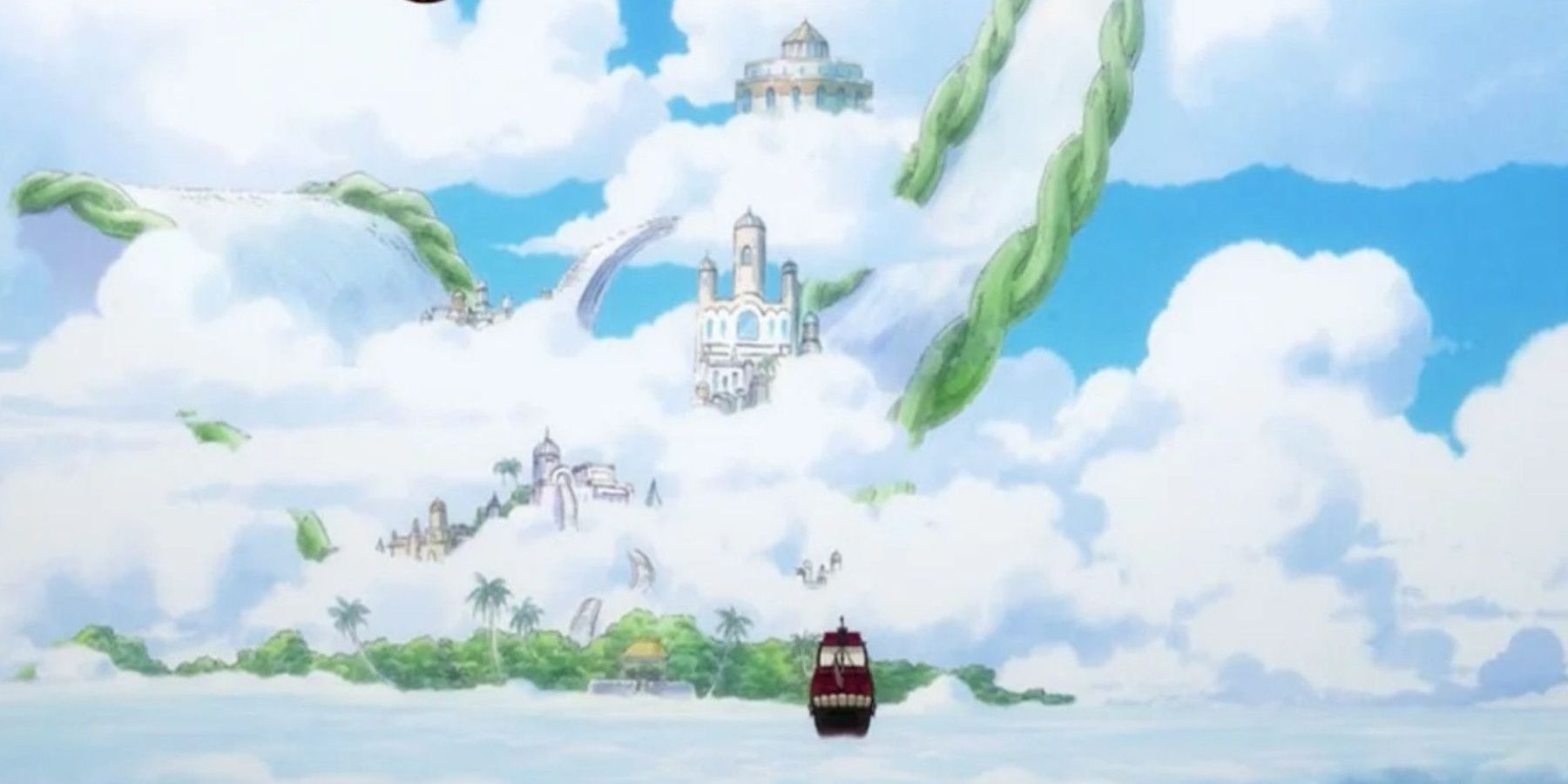
Related
One Piece: The Tragic History of Skypiea
Skypiea is a fantastical island that exists in the clouds, but its history is dark and tragic. Let’s see why those who live there are defined by it.
Moreover, in Skypiea, Luffy’s leadership evolves further as he takes on the mantle of a liberator for the oppressed. Unlike Alabasta, where Luffy was directly invited to aid Vivi, in Skypiea; he steps into the role of a liberator voluntarily, driven by his innate sense of justice and disdain for oppression. Luffy’s encounter with Enel reveals his natural aversion to tyranny. Despite Enel’s godlike power and the aura of fear he cultivates, Luffy is undeterred. His battle with Enel is not just a physical clash but a symbolic stand against the abuse of power. Luffy’s resolve to defeat Enel reflects his belief that no one has the right to dictate the lives of others. Both Alabasta and Skypiea are crucial in shaping Luffy’s leadership style. In Alabasta, Luffy fights for Vivi, a friend whose personal struggle he directly connects with. His leadership is rooted in loyalty and empathy for someone he has come to care about. However, in Skypiea, Luffy fights for an ideal—the right of every individual to live freely.
Luffy Leads By Example In The Enies Lobby Arc
A Captain Who Fights For His Crew
Enies Lobby marks Luffy’s first major challenge to the global powers that govern the world. At its core, Luffy’s decision to invade Enies Lobby is rooted in his unshakable loyalty to his crew. Having decided to sacrifice herself to protect the Straw Hats, Nico Robin believes she is beyond salvation. However, Luffy refuses to accept her self-imposed exile, demonstrating a critical aspect of his leadership: his commitment to every crew member, no matter the odds.
Also, the core theme of Enies Lobby arc revolves around bonds, particularly the bond between Luffy and his crew. Luffy’s leadership evolves to emphasize that the strength of a team lies in their trust and connection with one another.
“Say You Want to Live” −Monkey D. Luffy to Nico Robin
Luffy’s demand that Robin declare her desire to live is a pivotal moment in the arc. By asking her to vocalize her own will to live, he shows that he’s not just fighting for her safety but also for her freedom to choose her own destiny. This act solidifies Luffy as a leader who fights for his crew’s autonomy and happiness. Luffy’s willingness to take on an impossible mission underscores his belief that the Straw Hats are more than a crew—they are a family. This belief binds the crew together and allows them to overcome even the most dangerous challenges, like declaring war against the government.
Related
One Piece: Luffy’s Rise To The Strongest Haki User In History, Explained
Joy Boy’s haki was immense. Luffy will have to catch up to him or even surpass him in One Piece.
The Separation Of The Straw Hats At Sabaody
How The Marineford War Shaped Luffy
I have nakama who are not strong…but I still want them to be with me! So, I have to be stronger than everybody else…or else I will lose them all! − Luffy
Luffy’s leadership undergoes a significant transformation during the events at Sabaody Archipelago and the Marineford War. These two moments, filled with loss, failure, and reflection, profoundly shape his understanding of what it means to lead. The Straw Hats’ separation at Sabaody is one of the most devastating moments in Luffy’s journey as a captain. Before Sabaody, Luffy was a confident and charismatic leader who had led his crew through multiple victories. However, his inability to protect his friends in Sabaody reveals a harsh truth: sheer willpower is not enough against overwhelming power. This defeat humbles Luffy, forcing him to confront his limitations as a leader and a fighter. As their captain, he views their safety as his ultimate responsibility, and when he loses them, he feels he is not fit to lead. Sabaody sets the stage for Luffy’s eventual growth.
It teaches him that leadership is not just about courage but also about preparation, strength, and the ability to adapt. The experience plants the seed for his decision to grow stronger—not just for himself but for the sake of his crew.
In the Marineford arc, for the first time, Luffy is without the support of his crew. This forces him to rely on allies like Jinbe, Ivankov, and the Whitebeard Pirates. Despite being vastly outmatched, Luffy’s determination to save Ace inspires those around him. From Whitebeard’s crew to Crocodile, many are moved by Luffy’s sheer willpower. This reflects his unique leadership qualities: the ability to inspire others through his unyielding resolve. Despite Luffy’s efforts, Ace dies protecting him. This devastating loss breaks Luffy emotionally, forcing him to confront the reality that even his best efforts cannot always prevent tragedy. However, this loss became a turning point. With the help of Jinbe and his allies, Luffy begins to process his grief, realizing that his responsibility as a leader extends to those still with him—his crew. Both Sabaody and Marineford highlight Luffy’s lack of preparation for the challenges of the Grand Line. These experiences led to his decision to train under Silvers Rayleigh during the two-year time skip. This choice reflects Luffy’s understanding that he must become stronger to protect his crew and achieve his dream.
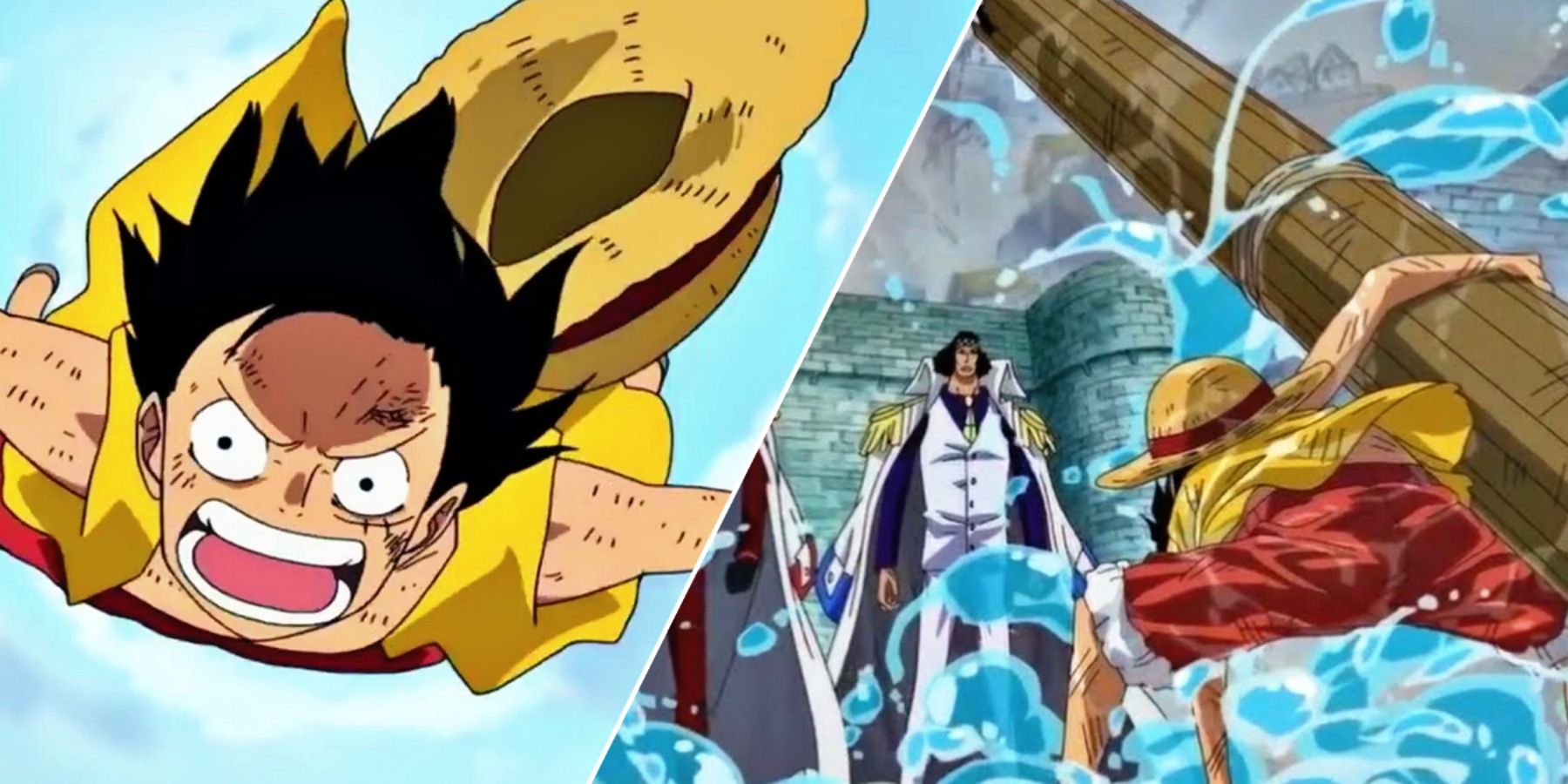
Related
How One Piece Does A War Arc Right With Marineford
One Piece’s Marineford arc is a great example of how to do a war arc right. Here’s what the iconic confrontation does so well.
Luffy’s Leadership Post-Time Skip And Beyond
The New Era
Luffy’s actions post-time skip position him as a symbol of freedom and rebellion against oppressive systems. His influence extends beyond his crew, inspiring entire nations and creating alliances that challenge the status quo of the One Piece world. The formation of the Straw Hat Grand Fleet during the Dressrosa arc highlights Luffy’s evolution into a leader of leaders. While Luffy never actively seeks to command others, his charisma and actions inspire loyalty from figures like Cavendish, Bartolomeo, and Sai, amongst others. The fleet, which pledges to fight under Luffy’s flag when needed, signifies his growing influence in the world.
In arcs like Fishman Island and Wano, Luffy’s actions liberate the oppressed. On Fishman Island, his victory over Hody Jones dismantles the yearlong hatred between fishmen and humans, inspiring hope for coexistence between both species. Similarly, in Wano, Luffy’s leadership rallies the divided forces of the samurai, Mink Tribe, and pirates to overthrow the tyrannical rule of Kaido and Orochi. Whether it’s Trafalgar Law joining forces with him in Dressrosa or Yamato being inspired to follow him in Wano, Luffy’s leadership style creates a ripple effect, empowering others to fight for their freedom.
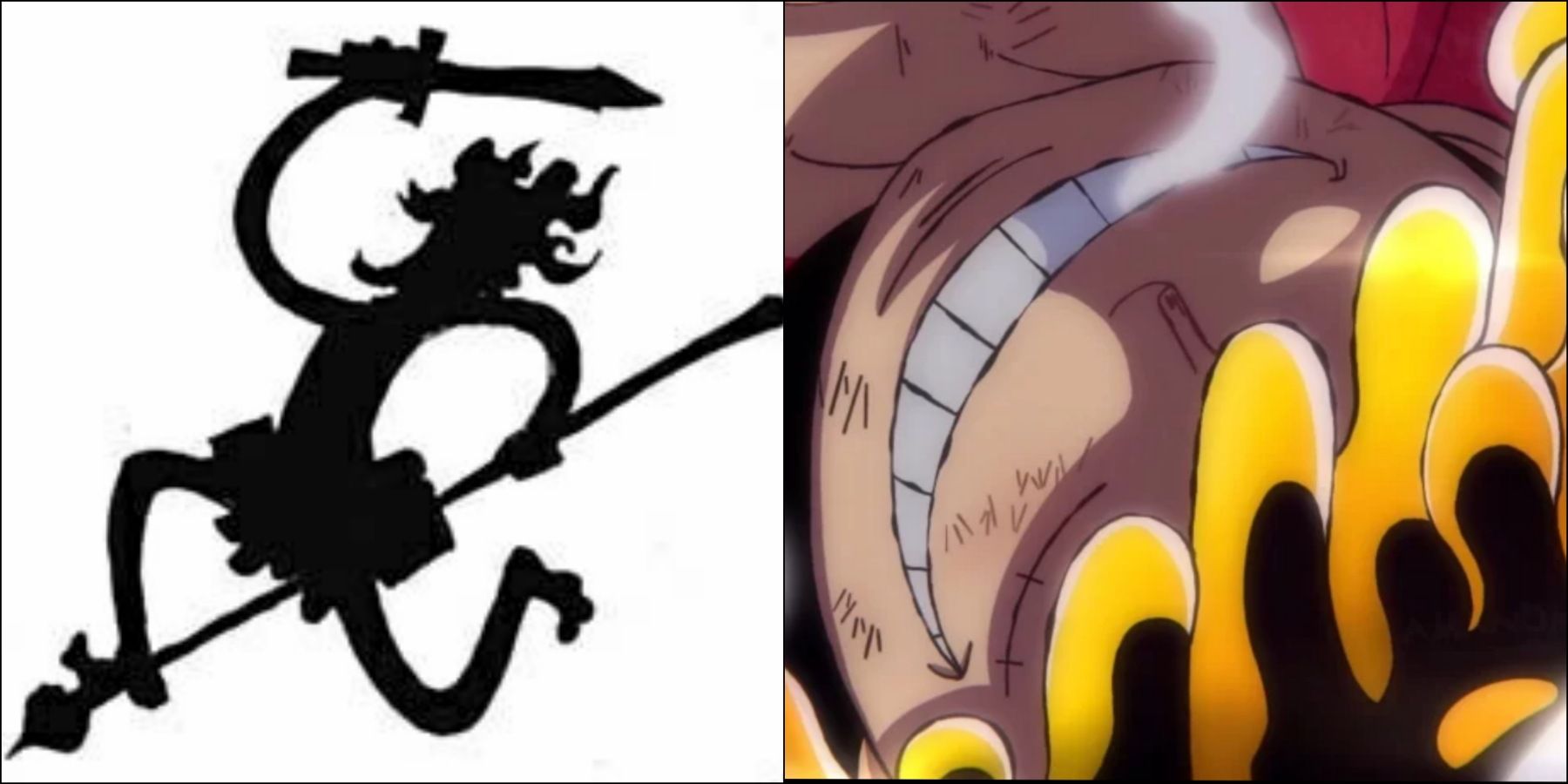
Related
One Piece: 17 Things You Should Know About Luffy’s Hito Hito no Mi, Model: Nika
One Piece’s Wano arc revealed that Luffy actually has the Hito Hito no Mi, Model: Nika Devil Fruit, and it is something special.
As one of the Yonko, Luffy enters Egghead Island with a reputation that precedes him. Luffy’s position as an emperor of the sea draws immediate attention from the World Government, especially with his unique devil fruit. His status allows him to influence the arc’s events significantly, as even powerful figures like Vegapunk and Bonney consider him an ally worth trusting. The events of Egghead and previous arcs reinforce Luffy’s status as a symbol of hope and rebellion against oppression. As the Straw Hats navigate their way around Elbaf, Luffy is likely to demonstrate the full spectrum of his leadership traits: courage, adaptability, and the ability to inspire unity. His leadership inspires not just those directly around him but also those who witness his actions from afar. This growing influence positions Luffy as a central figure in the unfolding new era.
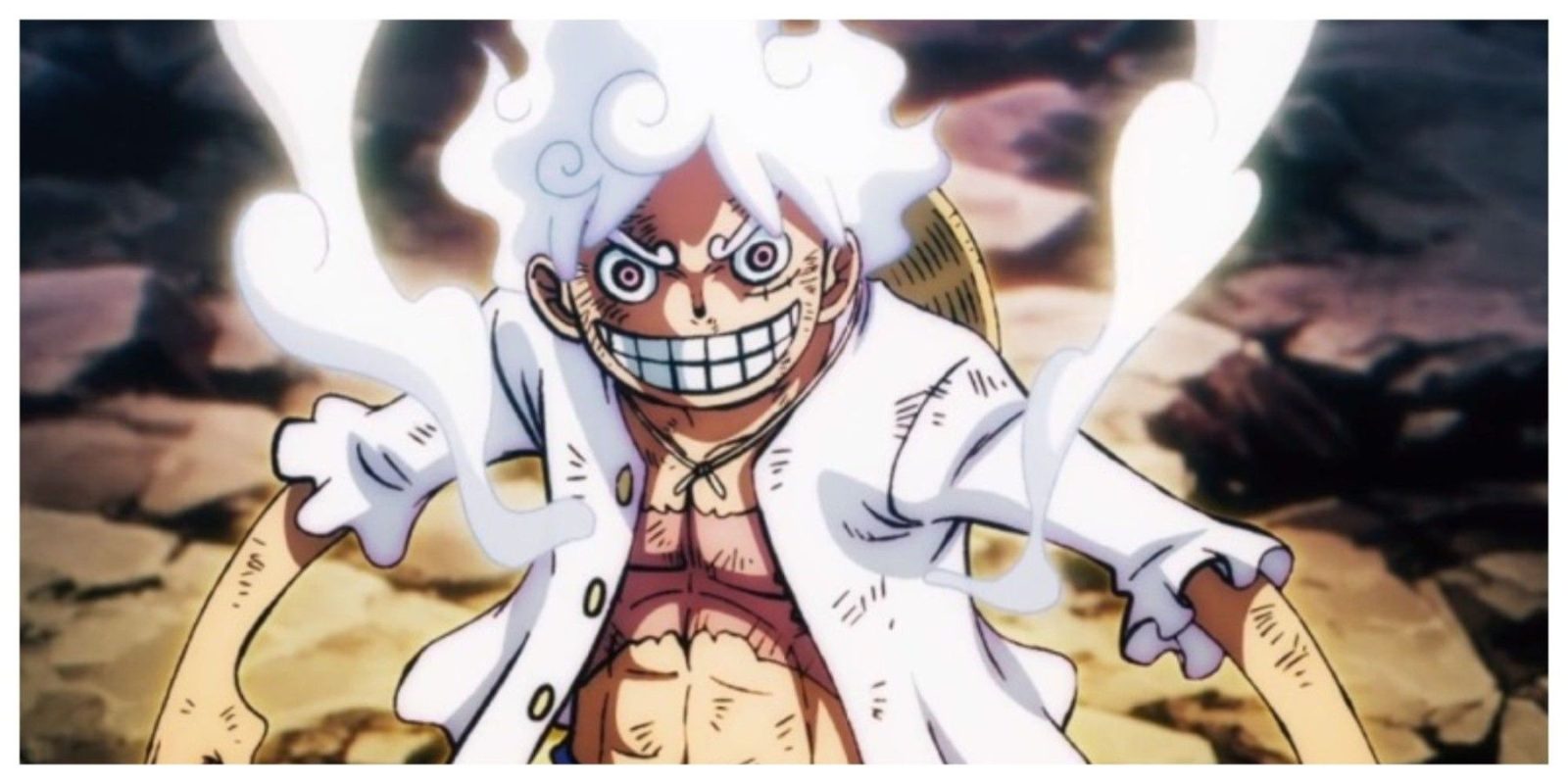
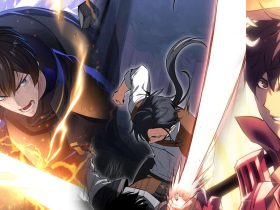
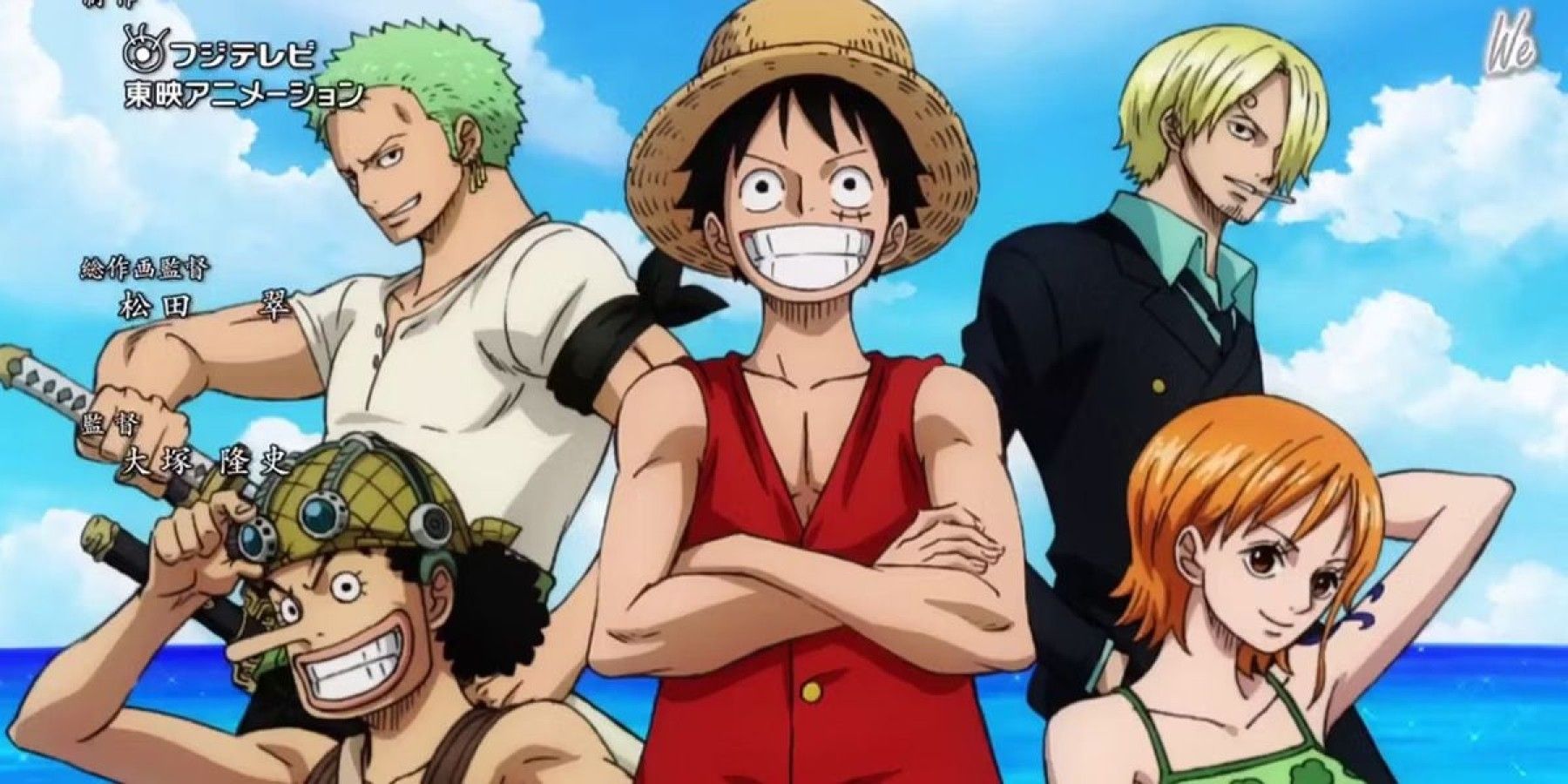
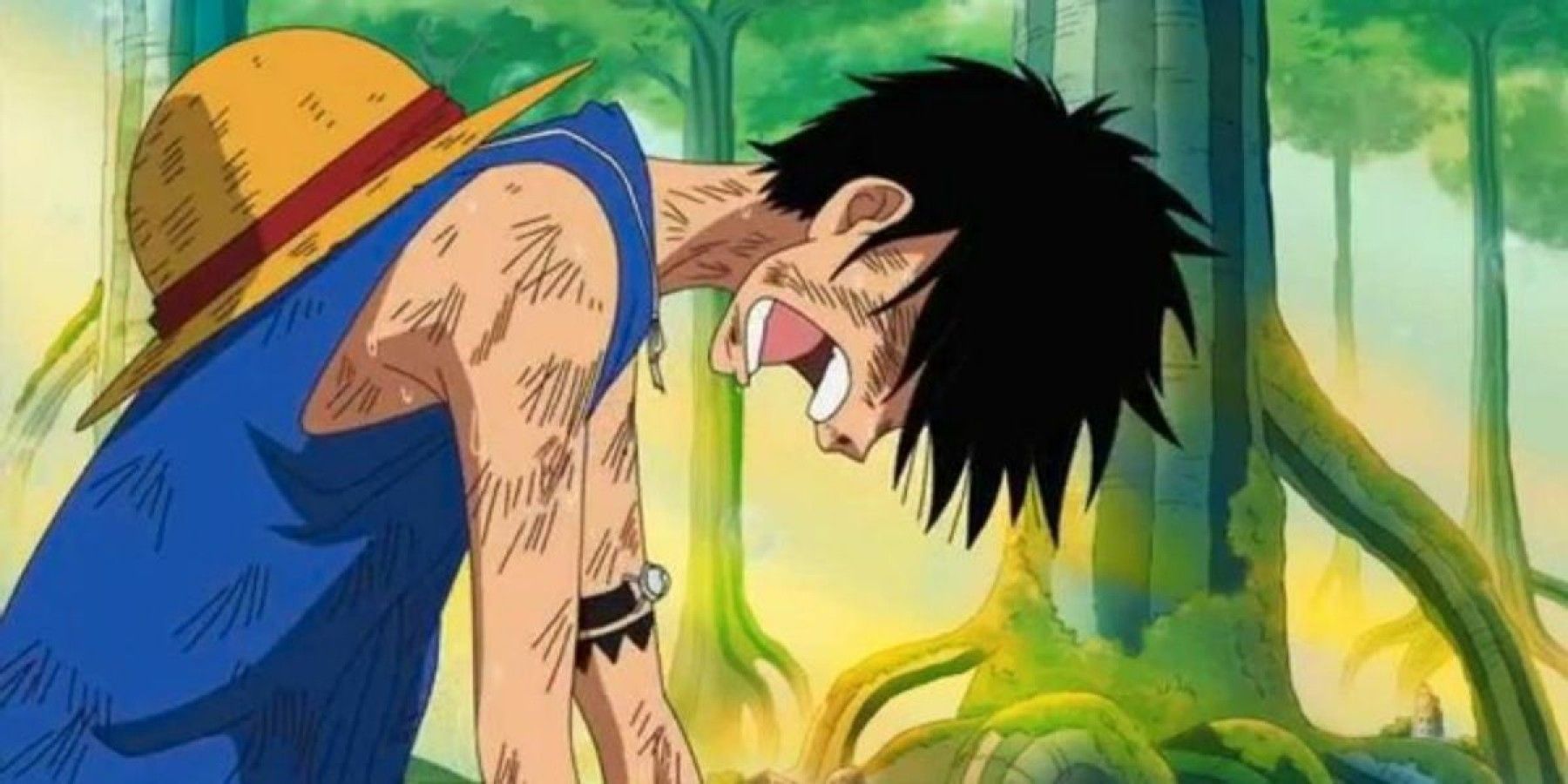
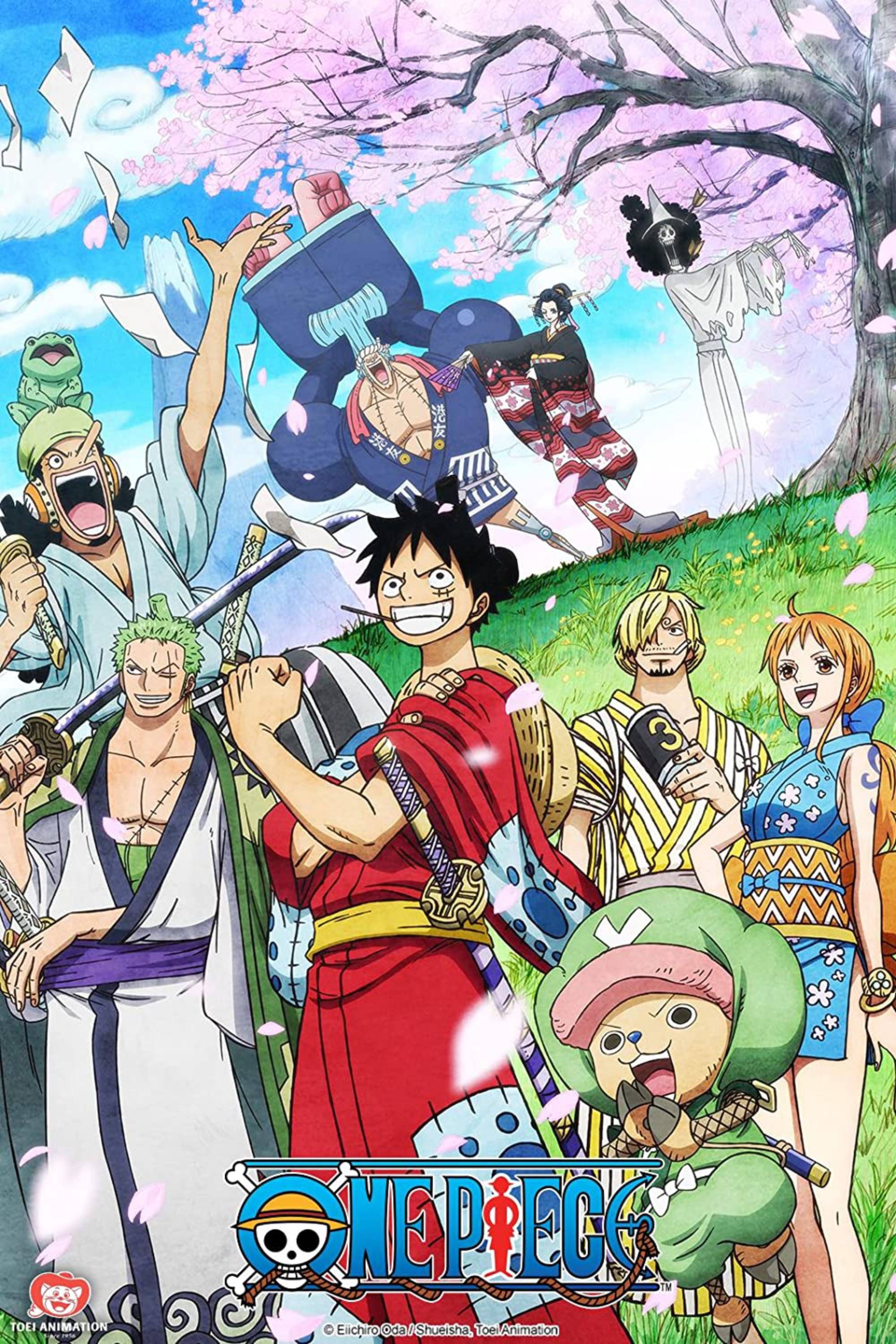
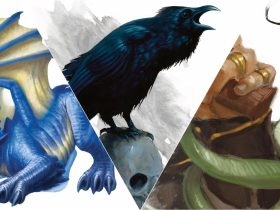

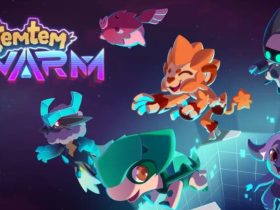

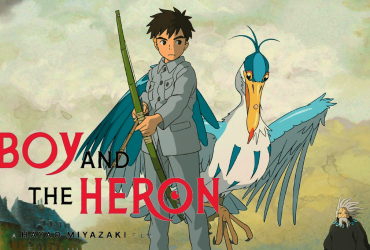
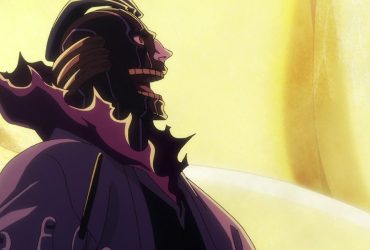

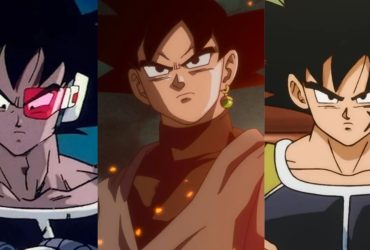

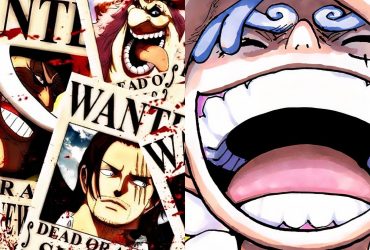
Leave a Reply